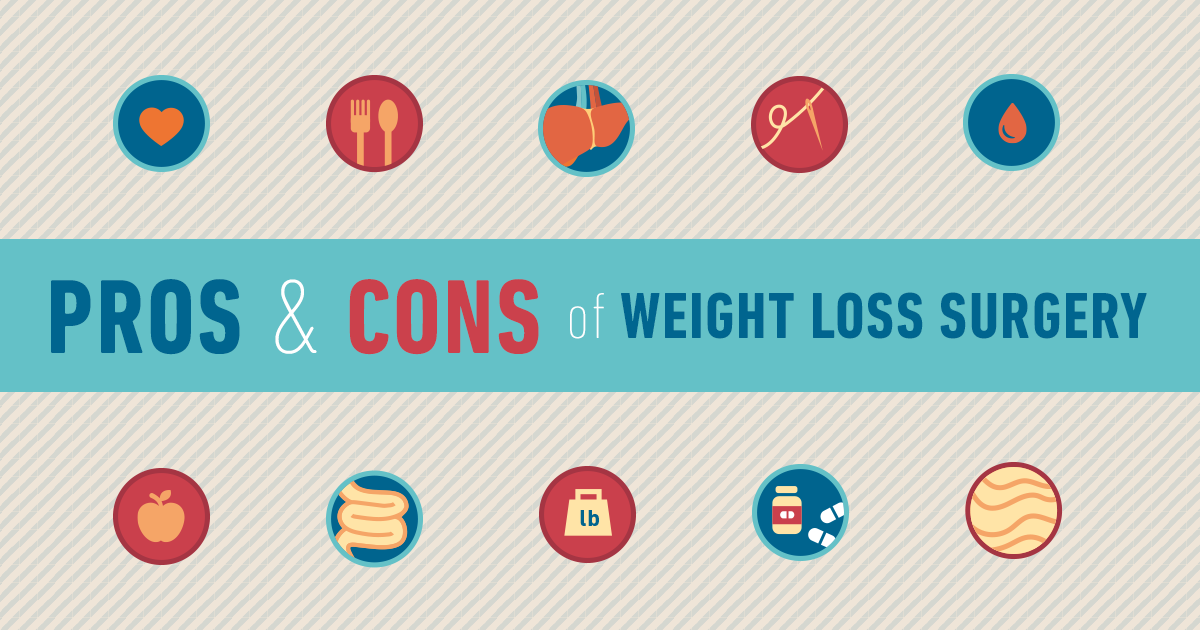Discovering The Origins Of Dry Eye Syndrome: A Vital Overview For Beginners
Discovering The Origins Of Dry Eye Syndrome: A Vital Overview For Beginners
Blog Article
Personnel Writer-Decker Mahmoud
If you've ever before experienced the pain of dry eyes, you may be questioning what elements are at play. From age-related changes to ecological triggers and way of life routines, the causes of completely dry eye disorder can be complicated and multifaceted. By untangling the intricate web of impacts that add to this problem, you'll acquire a much deeper understanding of how to deal with and potentially ease its signs. Remain tuned to uncover the intricate interplay between various elements that can cause dry eye syndrome and find methods to proactively handle this typical ocular issue.
Variables Affecting Dry Eye Development
Dry eye disorder can be affected by different aspects that add to its advancement. Read the Full Posting is age. As you age, your eyes might create fewer rips or splits of lesser quality, resulting in dryness.
Certain clinical conditions like diabetes mellitus, thyroid conditions, and autoimmune illness can also impact tear production and high quality, exacerbating completely dry eye signs and symptoms. Hormone changes, specifically in ladies during menopause, can add to completely dry eyes as well.
Furthermore, medicines such as antihistamines, decongestants, and antidepressants can minimize tear production and create dry skin. see this site like smoke, wind, and completely dry air can aggravate the eyes and intensify completely dry eye signs and symptoms.
In addition, prolonged screen time and electronic tool use can lead to decreased blinking, causing inadequate tear distribution across the eyes. Comprehending these factors can aid you determine prospective triggers for your dry eye symptoms and take positive steps to handle and alleviate them.
Environmental Triggers and Dry Eye
Direct exposure to numerous environmental aspects can significantly impact the advancement and worsening of dry eye symptoms. Contaminants like dirt, smoke, and air contamination can irritate the eyes, bring about enhanced tear dissipation and dryness.
Environment conditions such as low moisture levels, high temperatures, and windy weather can likewise add to moisture loss from the eyes, creating discomfort and dry eye symptoms. Furthermore, spending extended durations in cool or heated atmospheres can reduce air dampness, further aggravating completely dry eye.
Long term use electronic screens, common in today's technology-driven world, can additionally strain the eyes and decrease blink prices, bring about insufficient tear manufacturing and completely dry eye issues. To reduce the effect of environmental triggers on dry eye, take into consideration using a humidifier, taking breaks from display time, putting on safety glasses in windy conditions, and utilizing man-made tears or lubricating eye drops as required.
Bearing in mind these environmental aspects can help handle and stop dry eye signs and symptoms efficiently.
Lifestyle Behaviors Impacting Eye Dampness
How do your daily routines impact the moisture levels in your eyes? Your way of life plays a substantial role in determining the health and wellness of your eyes.
As an example, not drinking adequate water can lead to dehydration, creating your eyes to become dry and aggravated.
Furthermore, spending prolonged periods looking at displays can decrease your blink rate, resulting in enhanced tear evaporation and dry skin.
Smoking is one more way of life routine that can intensify dry eye signs and symptoms, as it can irritate the eyes and add to tear film instability.
Moreover, eating excessive quantities of high levels of caffeine or alcohol can dehydrate your body, including your eyes, making them a lot more vulnerable to dry skin.
Lack of sleep can additionally impact eye moisture levels, as ample rest is essential for tear production and overall eye health.
Conclusion
In conclusion, comprehending the numerous factors that contribute to completely dry eye syndrome is crucial to taking care of and stopping this typical eye condition. By knowing age-related modifications, clinical problems, ecological triggers, and lifestyle practices that can impact eye wetness, newbies can take aggressive steps to minimize completely dry eye signs and symptoms. Bear in mind to stay hydrated, take breaks from screens, and seek advice from a medical care expert for individualized recommendations on handling completely dry eyes.
